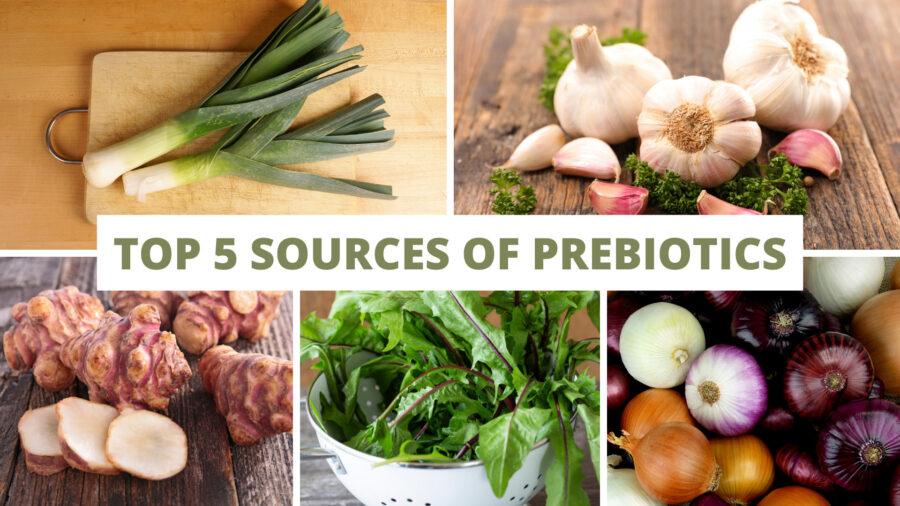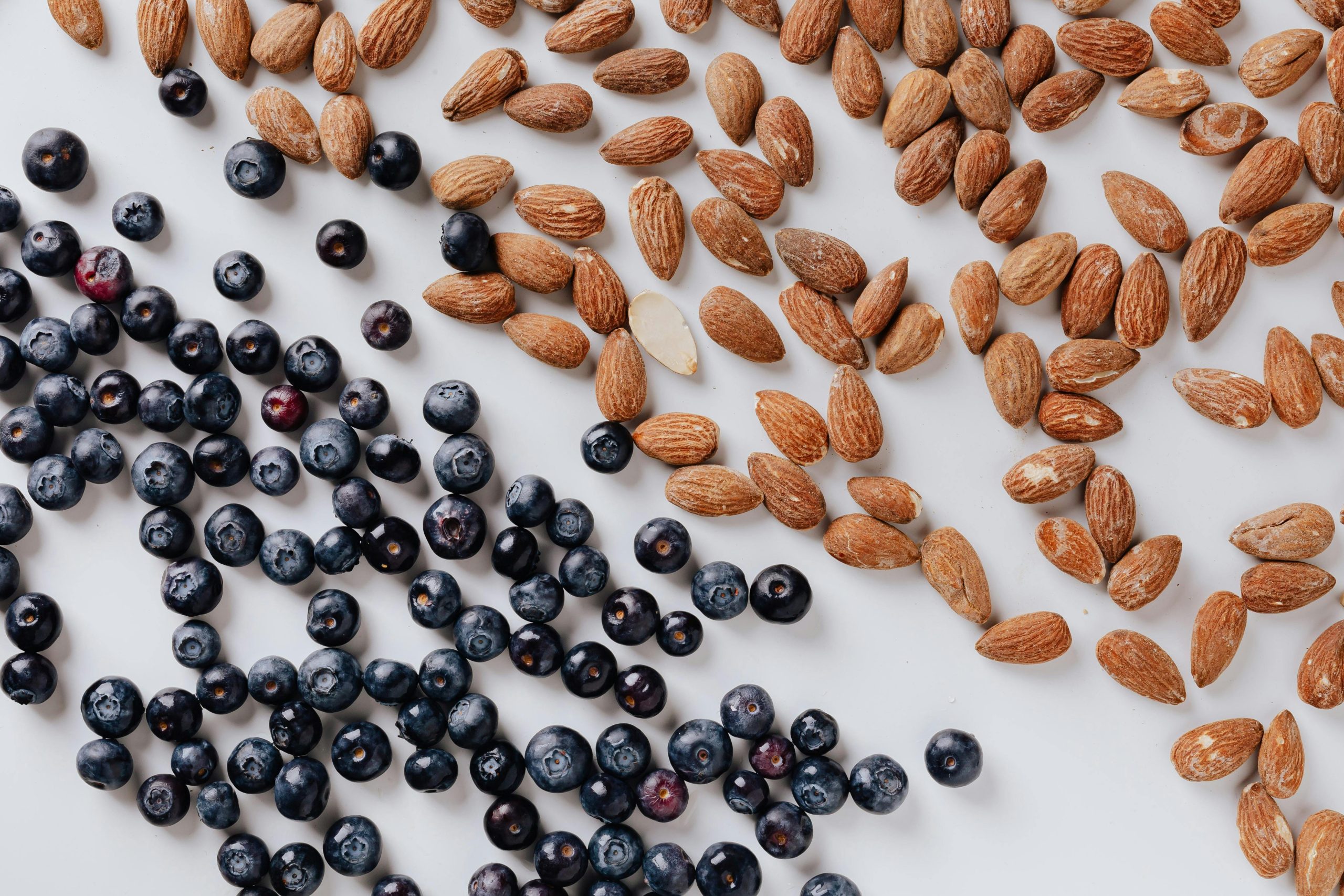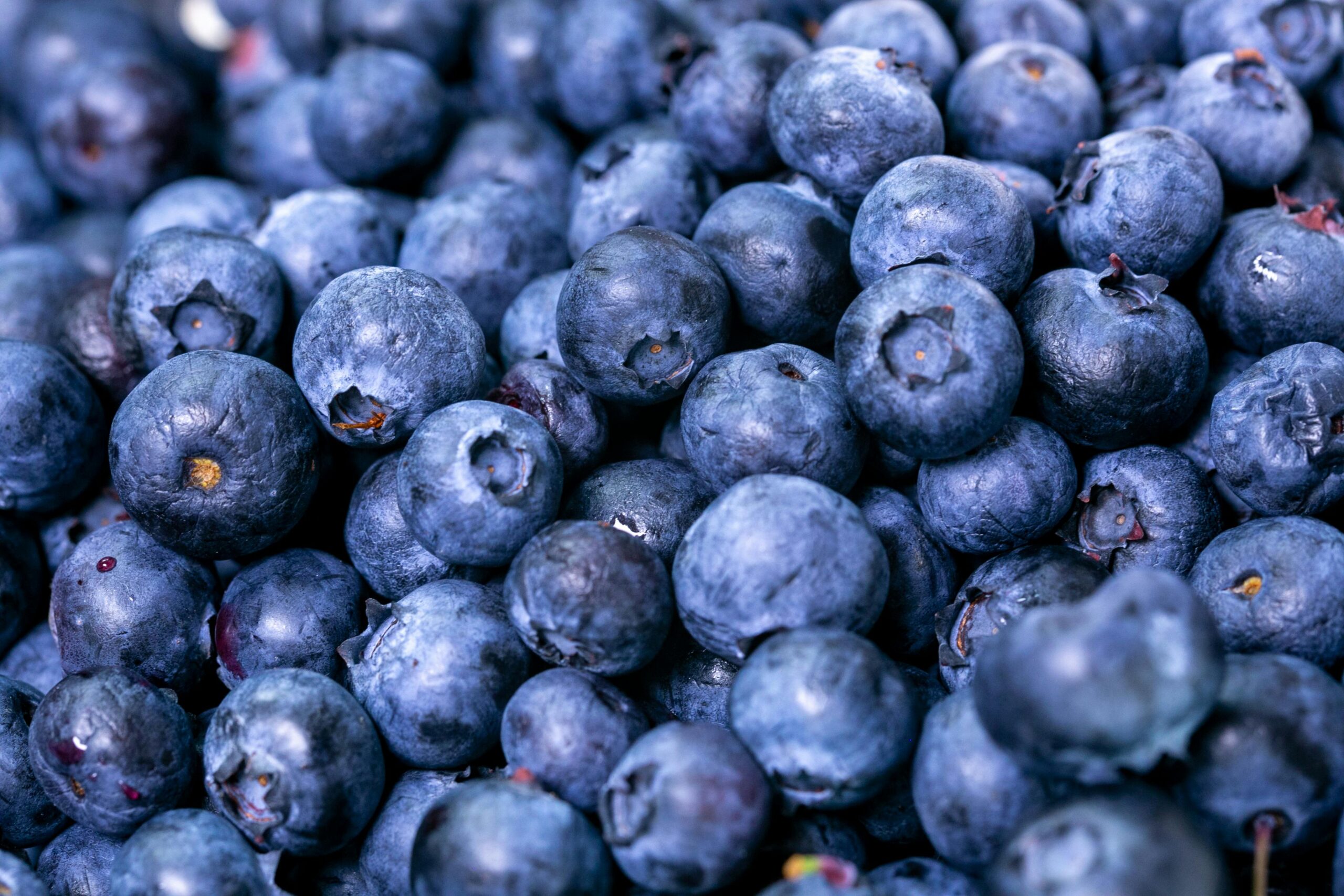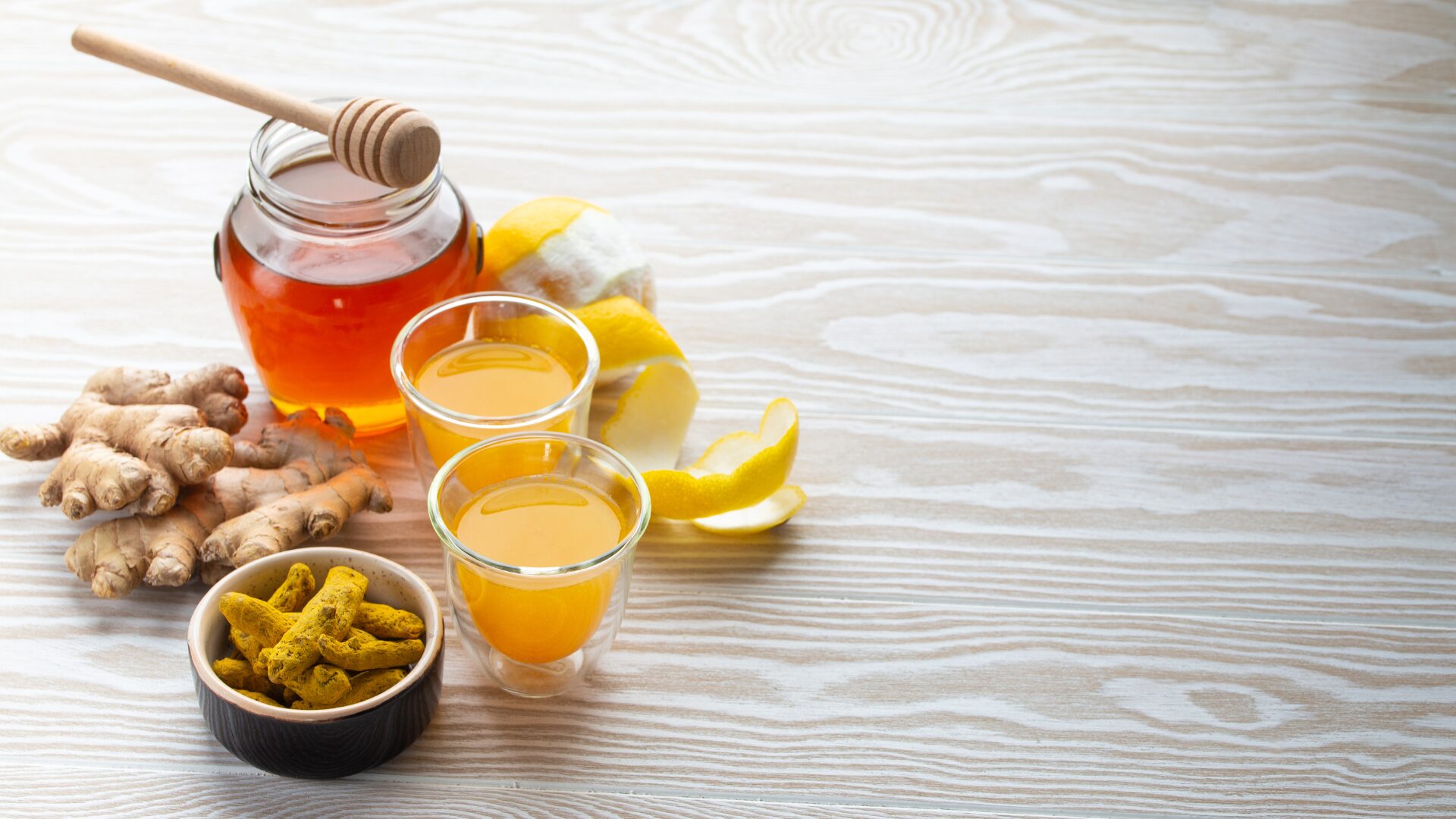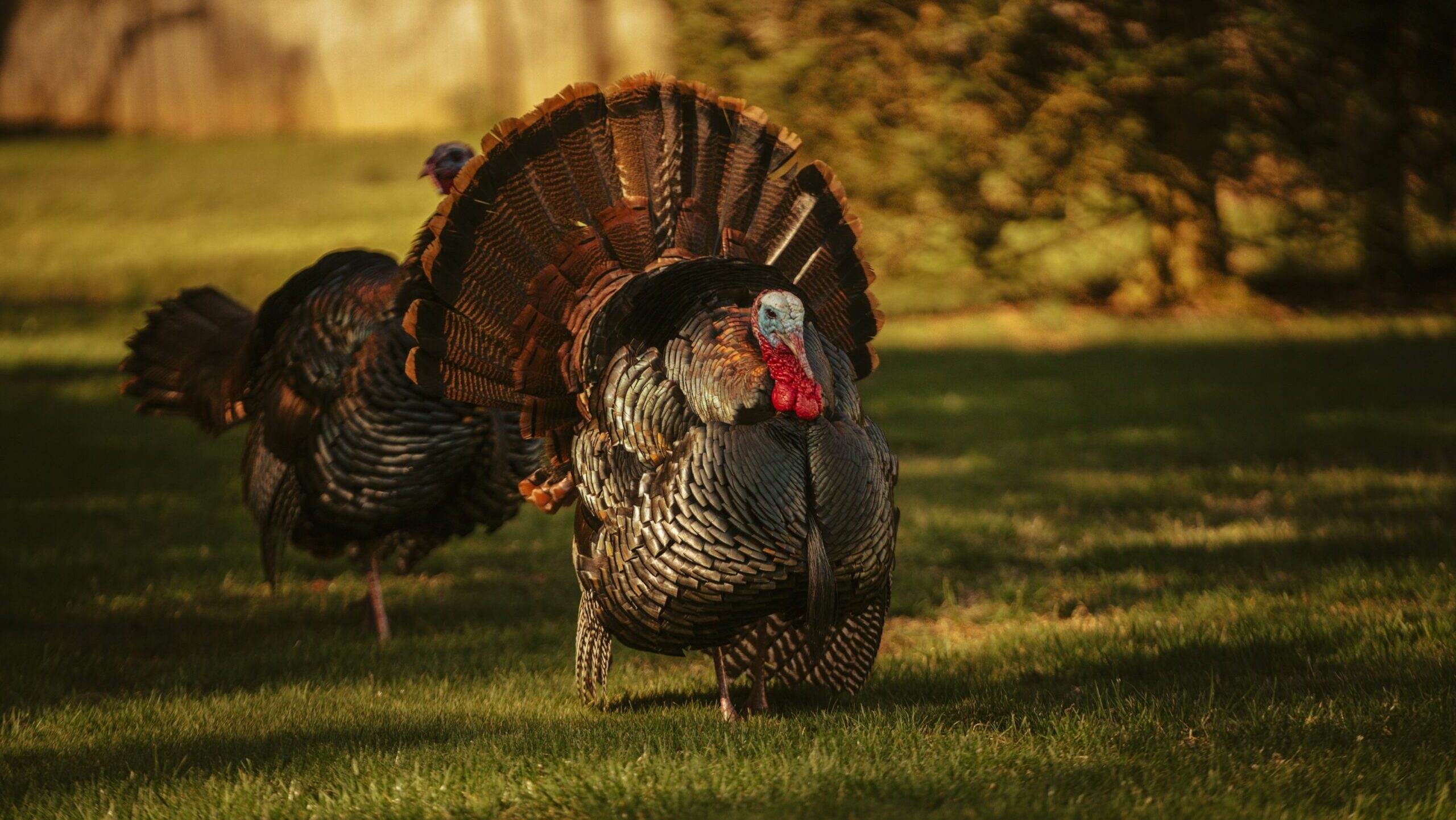As we continue to discover how gut health impacts our overall well-being, scientists are exploring the value of consuming prebiotics to maintain a healthy gut microbiome.
Researchers from San José State University recently identified five foods with the highest prebiotic content and presented their findings at Nutrition 2023, the flagship annual meeting of the American Society for Nutrition.
“As science continues to advance and new studies emerge, we’re finding that our gut microbes play a much bigger role in our overall health than previously thought,” Emily Spurlock, registered dietitian at the Institute for Digestive Wellbeing told The Food Institute.
Prebiotics and Probiotics Are Not the Same
Not to be confused with probiotics, which are live microorganisms that improve gut health, prebiotics are equally beneficial but serve a different function. Probiotics are often thought of as “good” bacteria. They restore balance to the microbiome and help us digest food.
Prebiotics, on the other hand, are dietary fiber that the body can’t digest. As prebiotics move through the gut, they become food that the “good” bacteria in the gut microbiome needs to stay alive and grow. In short, prebiotics help probiotics to do their thing.
And while probiotics have exploded in popularity over the last several years—popping up in supplements, yogurts, beverages, and more—prebiotics have gotten much less attention.
The benefits of prebiotics, however, are manifold. In addition to becoming a food source for healthy gut microorganisms, prebiotics have also been shown to improve calcium absorption, balance blood sugar, and keep digestion moving.
And the Top 5 Prebiotics Are…
For this study, researchers analyzed the prebiotic content of 8,690 foods using the Food and Nutrient Database for Dietary Studies.
Roughly 37% of foods in the database contained prebiotics, but the five foods with the highest prebiotic content contained between 79-243 milligrams of prebiotic per gram of food:
1. Dandelion greens
2. Jerusalem artichokes
3. Garlic
4. Leeks
5. Onions
It’s no surprise that the top five prebiotic foods are vegetables. “Prebiotics include certain types of fibers found in a variety of plants,” Kim Kulp, RDN and owner of the Gut Health Connection told The Food Institute.
“In order for a food or supplement to be a prebiotic, it has to not only feed our good gut microbes, but also lead to those microbes providing us with a health benefit,” Kulp explained.
Other prebiotic-rich foods identified by the researchers included onion rings, creamed onions, cowpeas (or black-eyed-peas), asparagus, and Kellogg’s All-Bran cereal. Each of these foods contains between 50-60 milligrams of prebiotics per gram of food.
“While these foods are good for gut health, they may cause digestive distress for some people, especially those struggling with IBS,” said Kulp. “For this reason, it’s important to go slowly when adding these foods into your diet.”
Products containing wheat ranked low in prebiotics, according to the study. Likewise, dairy products, eggs, oils, and meat had little or no prebiotic content.
The Food Institute Podcast
Seafood consumption is on the rise in the U.S., but changing conditions in the oceans are impacting where we source our fish. Atlantic Sapphire marketing director Max Francia joined The Food Institute Podcast to discuss the company’s Bluehouse Salmon brand, which sources land-farmed fish from Florida. In detail, Francia explains how the fishery facility works, in what channels the company sells its products, and the sustainability initiatives at play in their production process.


